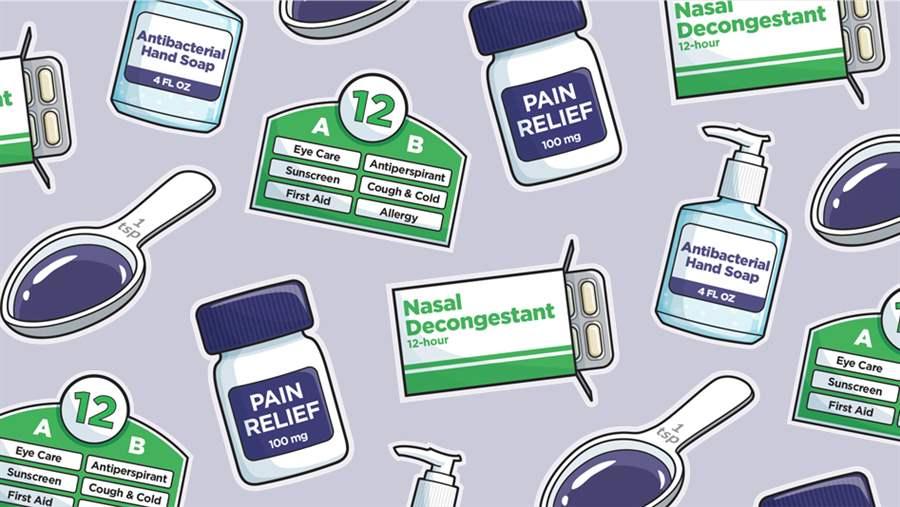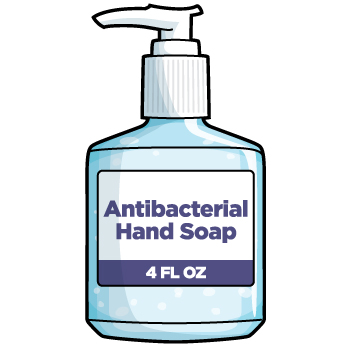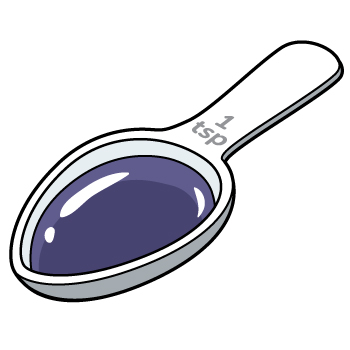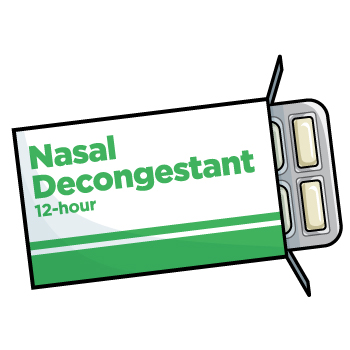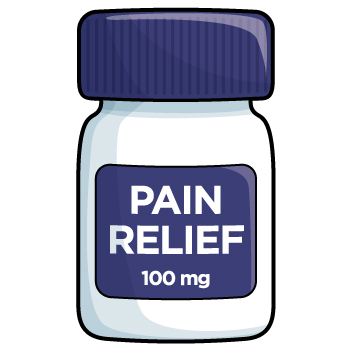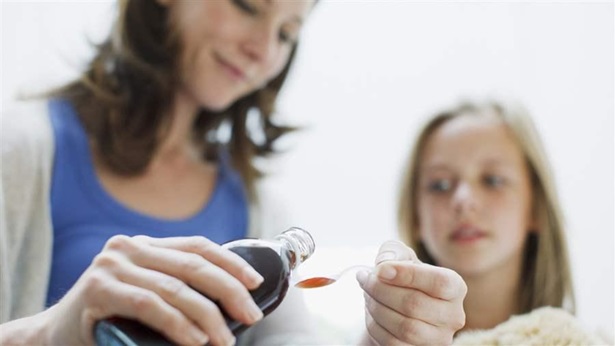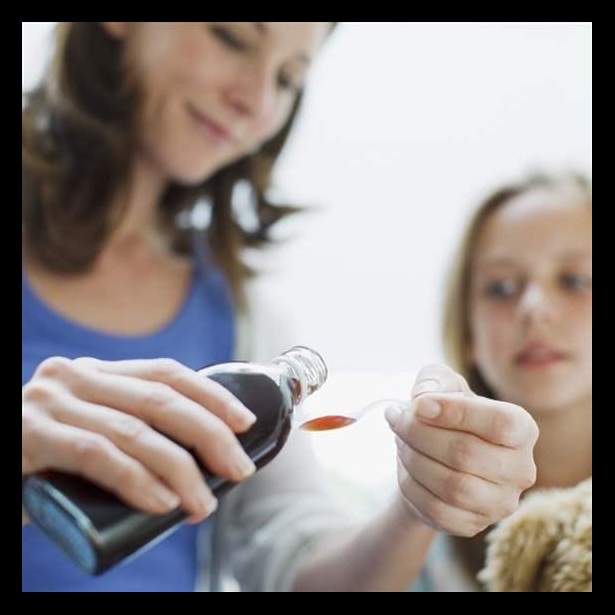Regulation of Over-the-Counter Drug Products Should Be Streamlined
Overview
Americans routinely reach for over-the-counter (OTC) drugs to treat a wide variety of ailments. And they have a growing number of choices at their local drugstore: The OTC market now includes more than 300,0001 products with annual sales of $32 billion.2 The items are diverse, ranging from antiperspirants and sunscreens to cough and cold medications and pain relievers.
In theory, the active ingredients in these nonprescription products are considered safe and effective when consumers follow the instructions on the label, without direction from a health care provider. In practice, however, many contain ingredients that the Food and Drug Administration has not yet evaluated. Still other OTC products that are known to be misused or abused remain on the market with no changes to the label to warn customers.3
The regulatory framework for FDA oversight of most over-the-counter products was put into place in 1972 and has not been updated, despite an increasingly diverse and large market. It is unable to respond quickly to safety concerns and keep pace with scientific discovery, which places consumers at risk and slows the development of new drugs.
How are OTC drugs regulated?
Most over-the-counter drugs are not regulated like prescription medications. Manufacturers of prescription drugs must submit clinical data to FDA to show they are safe and effective for their intended use and population before marketing them. This data is submitted in the form of a new drug application that FDA can approve, deny, or make a request for additional data. The process is drug-product specific, and FDA approves the formulation and what goes on the label (for example, intended uses, warnings, and directions for the consumer). New OTC products can be reviewed through this process, either as nonprescription drugs or as prescription drugs that may be sold over the counter later. Examples include allergy medications, antacids, and fluoridated toothpastes.
The majority of OTCs, however, rely on a “monograph” system, which entails evaluating the safety and effectiveness of active ingredients in the product rather than the product itself. A monograph is a published “recipe” used by product manufacturers that is typically organized into therapeutic classes or product categories, such as topical antimicrobials. The monograph for each category includes active ingredients, dosage form (for example, oral or topical), doses or concentration, and mandatory labeling, and is published as a final rule in the Federal Register and codified in the Code of Federal Regulations. If a manufacturer follows the recipe exactly for an existing monograph, the company is not required to seek FDA approval for a new product.
Many ingredients in OTC products have been on the market since before 1962, when Congress first required that new drug products be shown to be effective, as well as safe, before they were marketed. FDA, recognizing in the 1970s that it needed a way to evaluate the many ingredients in products that were already on store shelves, initiated a scientific review of all active ingredients in them. Advisory committees, composed of physicians, pharmacists, consumers, and industry representatives, recommended that each active ingredient be placed in one of three categories. (See Figure 1.)
Figure 1
FDA Categories of Active Ingredients
| Category I | Generally recognized as safe and effective (GRASE). Ingredients have been subject to adequate clinical investigations and testing, and experts generally agree that they demonstrate safety and efficacy for intended use. If FDA accepts this recommendation and completes rule-making on the ingredients, they become part of the detailed final monograph for the relevant product category. |
|---|---|
| Category II | Ingredients that are not GRASE. If FDA accepts the recommendation, they will not be part of the final monograph, but ingredients that have been proposed as Category II can continue to be marketed until a monograph is finalized, which can take years. |
| Category III | Not enough information to determine whether the ingredient is GRASE. The product can remain on the market until FDA finds that there is enough evidence to make a GRASE determination. |
How are monographs updated?
At least three steps are needed to create or update a monograph. (See Figure 2.) All proposed changes to monographs are reviewed by FDA and the Department of Health and Human Services, and often the White House Office of Management and Budget, which estimates the cost and benefit of the change to the economy and consumers. FDA also receives and must respond to public comment throughout the monograph revision process. In contrast, new drug applications are reviewed solely by FDA on the basis of whether the product is safe and effective. The additional review steps for monographs add considerable time, and they risk prioritizing economic considerations over consumer health and safety. There is no deadline by which monographs must be finalized, and several have been under review for decades.
Figure 2
The Monograph Process
| Announcement | The first step is often to issue an advance notice of proposed rule-making. This tells the public, industry, and agencies involved in the rule-making process that FDA is planning to change an existing monograph or create a new one. This notice is not required, but FDA may issue it to invite comments and information about the safety and efficacy of the ingredients in a particular product category |
|---|---|
| Proposed monograph | The tentative final monograph is a proposed rule outlining the details of the “recipe” for the product category or the change that is being suggested to an existing monograph. FDA indicates which potential ingredients it considers to be Category I, II, or III, along with its reasoning. The tentative final monograph is made available for public comment. This step can occur multiple times, as new scientific information emerges or product usage changes |
| Final | Once the comments have been reviewed and debated, FDA publishes a final rule with its conclusions, enabling manufacturers to change their products’ labeling or ingredients. However, a final monograph can be reopened, which begins the process anew. |
Example: Topical antimicrobial drug monograph
In 1974, FDA published an advance notice of proposed rule-making to establish a monograph for topical antimicrobial drugs, which would cover a wide range of hand-washing products intended for health care professional and consumer use. As consumers dramatically increased their use of these products—and more commonly bought them off the shelf—FDA’s concerns grew about the safety of these products. The agency proposed additional monographs for separate product categories.
At the same time, new information about the safety of some active ingredients emerged. For example, scientists discovered that triclosan, an antibacterial substance commonly added to personal care products, was absorbed into the bloodstream more easily than previously thought4 and could impair muscle function.5 In the 1990s, FDA began publishing several iterations of proposed rules (or tentative final monographs) covering product categories ranging from first-aid antiseptics to consumer hand-washes and sanitizers. In September 2016, it published a final rule covering only “consumer antiseptic washes” that effectively determined that triclosan and 18 other chemicals were unsafe—42 years after the process had started.6 FDA still hasn’t published a monograph for all OTC topical antimicrobial products.
Why reforms are needed
The rule-making process is inadequate for making decisions about the safety and efficacy of drug products. For prescription drugs, which are considered a higher risk than OTC products, FDA uses a streamlined, sciencebased review process. Its only consideration is the product’s safety and efficacy. The rule-making process, however, includes reviews by outside agencies, described above, including an economic analysis by the Office of Management and Budget.
FDA is unable to respond quickly to new information—even when safety and efficacy concerns arise. The agency has the authority to quickly issue safety warnings or otherwise take action on the marketing of prescription drugs when it receives new information or a concern is raised. Updating OTC monographs—whether to make a basic change or to reflect a safety concern—can take many years. During that process, products containing ingredients that have not been declared safe or effective can be sold.
FDA lacks a reasonable mechanism to obtain needed evidence. To evaluate whether an ingredient is safe and effective, FDA reviews evidence that has been submitted under its category. Unlike information about other drugs and devices, however, data on OTC products are not submitted in a standardized format. Thus, reviewers must sift through years of often dated and unorganized material and collate that information into a form that permits meaningful review. Furthermore, because FDA has no authority to require specific data from manufacturers and there is no obligation to submit negative evidence, FDA must conduct its own rigorous literature search or commission research to resolve any data gaps before changing the status of a monograph. This process is extremely time-consuming, requiring more resources than FDA has available.
FDA needs more resources for OTC review. Complicating the burdensome monograph process are significant resource challenges: FDA has fewer than 30 full-time employees working with a budget of less than $10 million annually to regulate the $32 billion OTC industry.7 Most of the agency’s resources for over-the-counter drug products have been dedicated to fulfilling mandates from Congress (regarding sunscreens) and the courts (antibacterial soaps), constraining its ability to prioritize emerging public health needs.
Potential solutions
The monograph system is inadequate. FDA needs the authority to update monographs outside of the notice and comment rule-making system, the flexibility and resources to respond quickly to safety and efficacy concerns, and an efficient mechanism for requesting and receiving data that are crucial to making scientific decisions about products’ ingredients. Industry needs a better system to foster innovation and bring useful OTC products to market. Reform would benefit consumers by facilitating access to innovative dosage forms and ingredients, and providing reassurance that the OTC review system can keep up with evolving science and ensure that nonprescription drugs are safe and effective.
Public Health Risk From an Inefficient System
The Food and Drug Administration’s inability to efficiently change OTC monographs compromises its ability to ensure that these products are safe and effective. Here are some examples:
Cough and cold products. The monograph describing cough and cold products permits their use in children 2 and older. However, since the monograph was finalized in 1987, concerns have arisen over whether these products are safe and effective for small children.8 In 2007, after an internal review linked the deaths of 54 children younger than 6 to decongestants and 69 deaths to antihistamines between 1969 and 2006, FDA’s advisory committee recommended action against the use of these medications for this age group.9 But no change has been made to the monograph. Drug companies have voluntarily updated the labels on cough and cold medications to indicate that they are not recommended for children younger than 4. However, because the monograph still stands, these products can continue to be marketed for children 2 and older.
Phenylpropanolamine. After decades of reports linking phenylpropanolamine, an ingredient in nasal decongestants and weight-loss drugs, with increased risk of hemorrhagic stroke, FDA proposed classifying it as a Category II (nonmonograph) ingredient in 2005.10 Fortunately, manufacturers have voluntarily halted sales of products with that ingredient, but the relevant monograph has yet to be finalized. Companies, therefore, can still legally market products containing it, despite its known risks.
Acetaminophen. In 2011, a joint committee convened by FDA agreed that there was sufficient safety and efficacy data on acetaminophen to support new dosing instructions on labels for products containing the drug to treat fever in children ages 6 to 24 months.11 Drug manufacturers have requested that the monograph be amended to provide dosing instructions for children younger than 2, but no change has been made. Instead, the label directs parents to consult with their doctor—a step that may delay effective treatment or result in children receiving dosages of acetaminophen that may harm them.
More recently, FDA sought to lower the dose of acetaminophen in pain-relief products based on evidence that taking large amounts of the drug causes liver damage. The agency was able to take swift action to limit acetaminophen to 325 milligrams per tablet for prescription drug products.12 While a labeling change to add a liver damage warning was finalized in 2009, FDA has not required a lower dose in OTC products.13
Endnotes
- Food and Drug Administration, “Drug Applications for Over-the-Counter (OTC) Drugs,” accessed Dec. 5, 2016, http://www.fda.gov/drugs/developmentapprovalprocess/ howdrugsaredevelopedandapproved/approvalapplications/over-the-counterdrugs/default.htm.
- Consumer Healthcare Products Association, “OTC Retail Sales 1964-2015,” accessed Nov. 18, 2016, http://www.chpa.org/PR_OTCRetailSales.aspx.
- For example, reports of illicit use and abuse of dextromethorphan, a cough suppressant found in many OTC medications, has risen in recent years. It is a legal substance approved by FDA and is considered dangerous only when intake exceeds the recommended dose. Drug Enforcement Administration, “Dextromethorphan” (March 2014), https://www.deadiversion.usdoj.gov/drug_chem_info/dextro_m.pdf.
- Tim Moss, Douglas Howes, and Faith Williams, “Percutaneous Penetration and Dermal Metabolism of Triclosan (2,4,4’-trichloro-2’- hydroxydiphenyl ether),” Food and Chemical Toxicology 38, no. 4 (2000): 361–70, http://dx.doi.org/10.1016/S0278-6915(99)00164-7.
- Gennady Cherednichenko et al., “Triclosan Impairs Excitation-Contraction Coupling and Ca2+ Dynamics in Striated Muscle,” Proceedings of the National Academy of Sciences 109, no. 35 (2012): 14158–63, http://dx.doi.org/10.1073/pnas.1211314109.
- 21 C.F.R. § 310, http://www.ecfr.gov/cgi-bin/text-idx?SID=d985ee0642a31cf4d241806e27ff8893&mc=true&node=pt21.5.310&rgn=div5.
- Donal Parks, “User Fee Considerations in the Context of Over-the-Counter Monograph Drugs” (presentation at FDA public meeting: Over-the-Counter Monograph User Fees, Silver Spring, Maryland, June 10, 2016), http://www.fda.gov/downloads/Drugs/UCM510584.pdf.
- Joshua M. Sharfstein, Marisa North, and Janet R. Serwint, “Over the Counter but No Longer Under the Radar—Pediatric Cough and Cold Medications,” New England Journal of Medicine 357 (2007): 2321–24, http://dx.doi.org/10.1056/NEJMp0707400.
- Food and Drug Administration, “Cold, Cough, Allergy, Bronchodilator, Antiasthmatic Drug Products for Over-the-Counter Human Use,” Nonprescription Drugs Advisory Committee Meeting (Oct. 18–19, 2007), accessed Nov. 21, 2016, http://www.fda.gov/ohrms/dockets/ac/07/briefing/2007-4323b1-02-FDA.pdf.
- 70 Fed. Reg. 75988 (Dec. 22, 2005), https://www.gpo.gov/fdsys/granule/FR-2005-12-22/E5-7646.
- Food and Drug Administration, “Summary Minutes of the Joint Meeting of the Nonprescription Drugs Advisory Committee and the Pediatric Advisor Committee,” May 17–18, 2011, http://www.fda.gov/downloads/AdvisoryCommittees/CommitteesMeeting Materials/Drugs/NonprescriptionDrugsAdvisoryCommittee/UCM264147.pdf.
- Food and Drug Administration, “All Manufacturers of Prescription Combination Drug Products With More Than 325 Mg of Acetaminophen Have Discontinued Marketing,” last modified Dec. 11, 2014, http://www.fda.gov/Drugs/DrugSafety/InformationbyDrugClass/ucm390509.htm.
- Food and Drug Administration, “Acetaminophen Information,” accessed Nov. 18, 2016, http://www.fda.gov/Drugs/DrugSafety/InformationbyDrugClass/ucm165107.htm.
